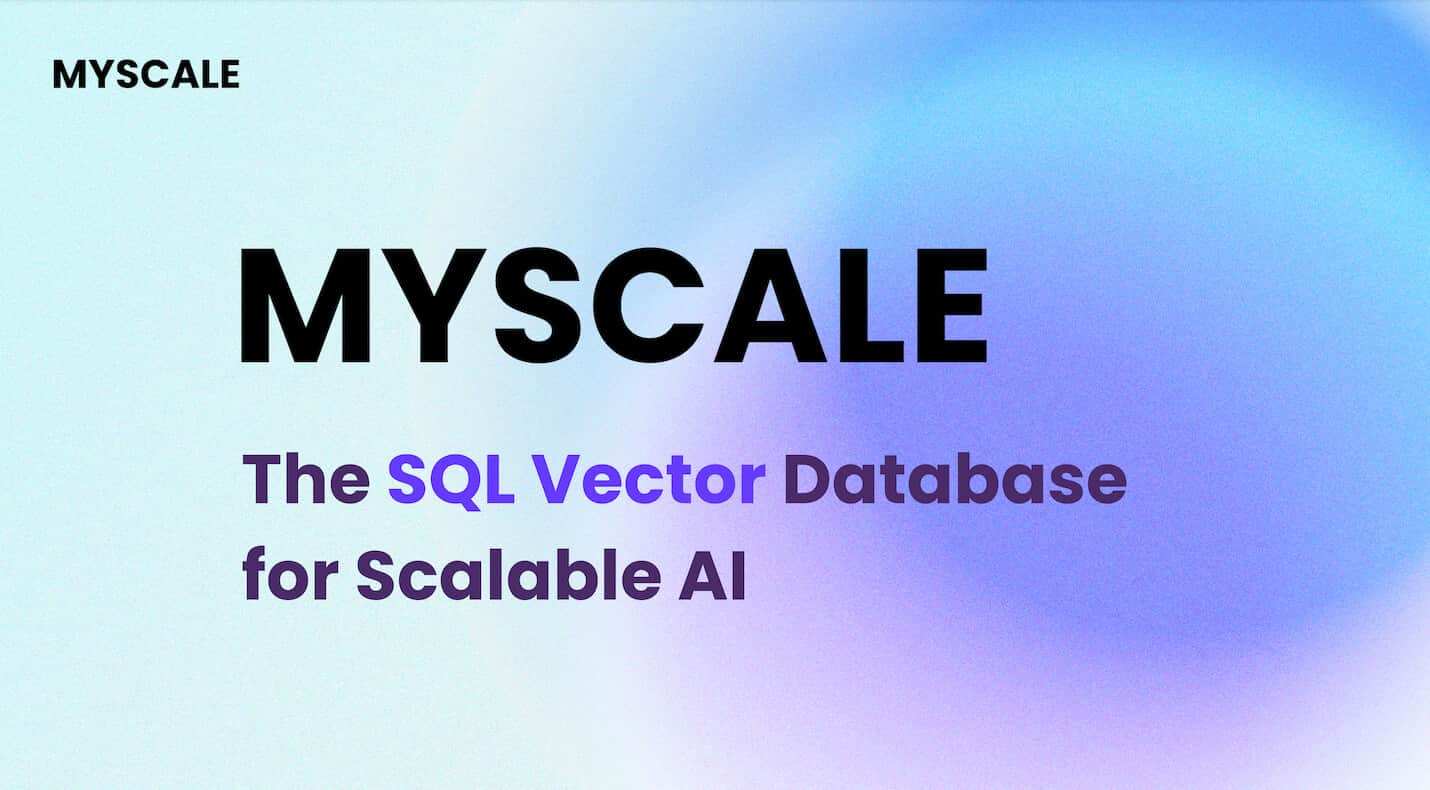# Getting Started with Image Embedding
In the realm of computer vision (opens new window), embedding image plays a crucial role. But what exactly is image embedding? Imagine it as a unique code that captures the essence of an image in a numerical form. This code is derived from complex algorithms that analyze images and convert them into understandable data points.
The significance of embedding image in computer vision cannot be overstated. It enables machines to comprehend and interpret visual information effectively. For instance, in tasks like image search (opens new window) or classification, image embedding acts as a bridge between raw visual data and meaningful insights.
Real-world applications showcase how embedding image enhances various processes. From improving search engine results by understanding image content better to personalizing user experiences on social media platforms, the impact of image embedding is profound.
By delving into the world of image embedding, we unlock a realm where visuals are not just pixels but meaningful representations waiting to be decoded.
# The Process of Embedding Images in Computer Vision
In the journey of embedding image into the realm of computer vision, several crucial steps pave the way for successful implementation.
# Step 1: Collecting and Preparing Your Images
To start, gathering a diverse set of images is key. Ensure your dataset encompasses various angles, lighting conditions, and subjects to capture a broad spectrum of visual information. When preparing these images for embedding, focus on standardizing their sizes and formats to maintain consistency in the data fed to the algorithms.
# Step 2: Choosing the Right Model for Embedding Image
Selecting an appropriate model is pivotal in generating accurate embeddings. Popular models like ResNet (opens new window), VGG (opens new window), or Inception (opens new window) are widely used for their efficiency in extracting image features. To decide which model suits your task best, consider factors such as computational resources available and the complexity of your visual data.
# Step 4: Evaluating and Using Your Image Embeddings
After generating image embeddings, it's essential to assess their quality and effectiveness. Various methods can help in evaluating the embedding image outputs. One common approach is to measure the similarity between different images based on their embeddings. By calculating distances or similarities in the embedding space, you can gauge how well the model captures the essence of each image.
Furthermore, practical applications demonstrate the versatility of embedding image in real-world projects. For instance, in recommendation systems, image embeddings can enhance product recommendations by understanding visual similarities between items. Similarly, in content-based image retrieval (opens new window) systems, image embeddings enable quick and accurate search results based on visual content rather than just textual descriptions.
By exploring different evaluation techniques and witnessing the impact of image embeddings across diverse applications, you can truly grasp the power and potential they hold in revolutionizing computer vision tasks.
# Practical Applications of Image Embedding
In the realm of computer vision, embedding image revolutionizes various applications, enhancing functionality and user experiences across different domains.
# Enhancing Image Search Engines (opens new window)
The integration of image embedding technology has significantly transformed the landscape of image search engines. By converting visual content into numerical representations (opens new window), search algorithms can comprehend images beyond just file names or tags. This advancement enables search engines to deliver more accurate and relevant results to users. For instance, when a user searches for "red sports car," image embeddings allow the system to recognize visual similarities among images rather than relying solely on textual descriptions. This not only streamlines the search process but also enhances user satisfaction by presenting visually coherent search results.
# Improving Social Media Platforms
Social media platforms leverage image embeddings to personalize user experiences and enhance engagement. By analyzing the visual content that users interact with, platforms can tailor recommendations and advertisements based on individual preferences. For example, if a user frequently engages with travel-related images, the platform can use image embeddings to suggest relevant travel destinations or products. This personalized approach not only increases user retention but also fosters a sense of connection between users and the platform's content.
# Advancing Healthcare with Computer Vision
In healthcare, image embedding plays a pivotal role in medical diagnosis and treatment planning (opens new window). By extracting meaningful features from medical images (opens new window) such as X-rays or MRIs, healthcare professionals can accurately identify patterns and anomalies that might be challenging to detect with the naked eye. Through case studies and research initiatives, it has been demonstrated that image embeddings improve diagnostic accuracy, reduce interpretation errors, and expedite patient care processes. This application of embedding image showcases its potential in transforming traditional healthcare practices into data-driven, efficient systems.
# Wrapping Up
As we conclude our exploration of embedding image in computer vision, it's essential to reflect on the key takeaways and encourage further discovery in this dynamic field.
# Key Takeaways on Embedding Image
Image embeddings serve as numerical representations that encapsulate the essence of visual data, enhancing model performance (opens new window) and enabling efficient similarity comparisons.
Practical applications in medical image analysis demonstrate how image embeddings revolutionize diagnostics by identifying patterns and abnormalities with enhanced accuracy.
From improving search engine functionality to advancing healthcare practices (opens new window), embedding image showcases its versatility across various domains.
# Encouragement to Explore Further
Delve deeper into the realm of image embedding by exploring additional resources for a comprehensive understanding:
Dive into case studies like "Identifying Flowers with PlantNet (opens new window)" to witness firsthand the efficiency of image embeddings in information retrieval.
Experiment with abstracting important information in images using embedding techniques to streamline data comparison (opens new window) processes.
Embark on your journey of discovery, leveraging the power of embedding image to unlock new possibilities and revolutionize computer vision applications.




